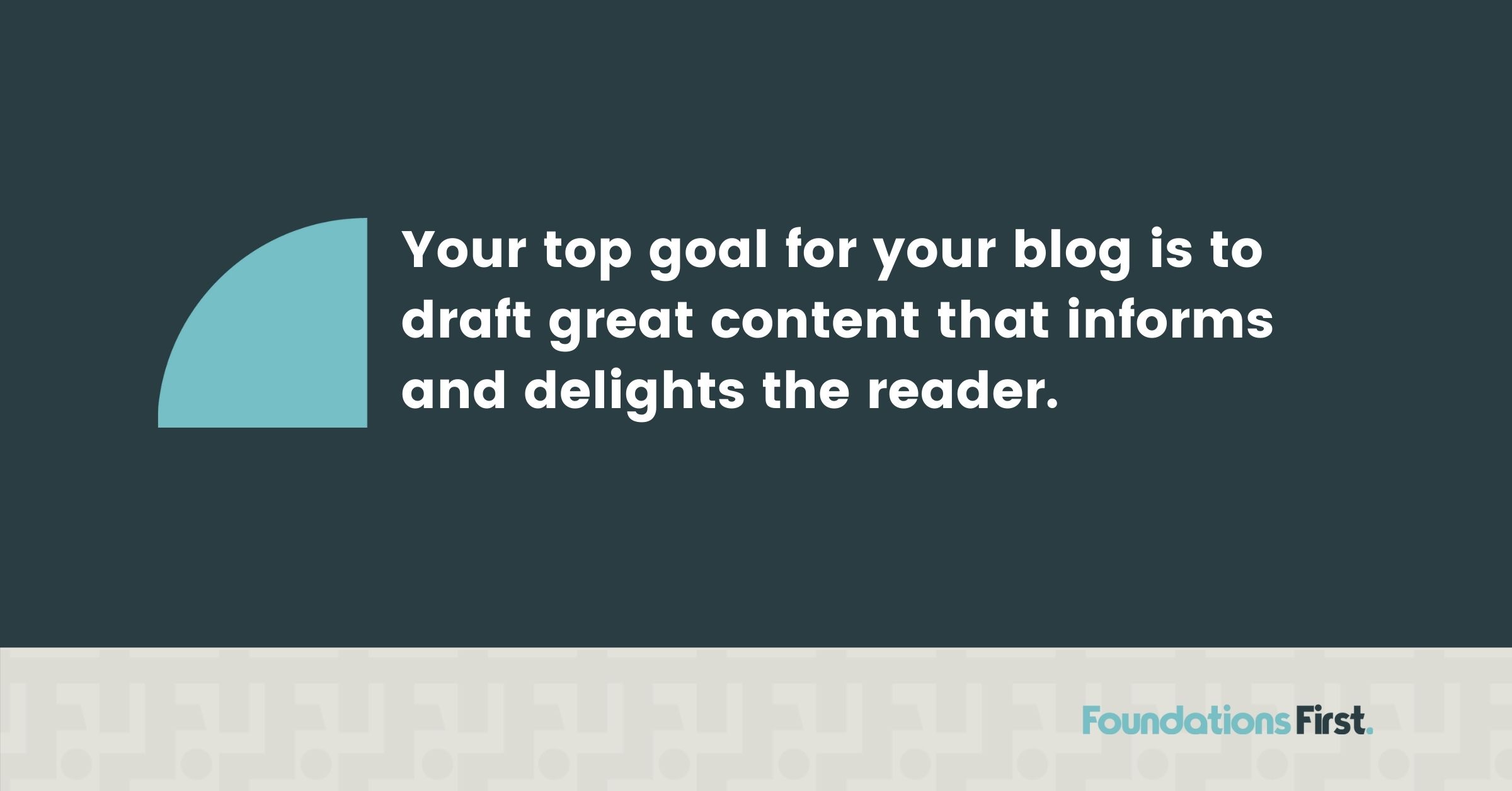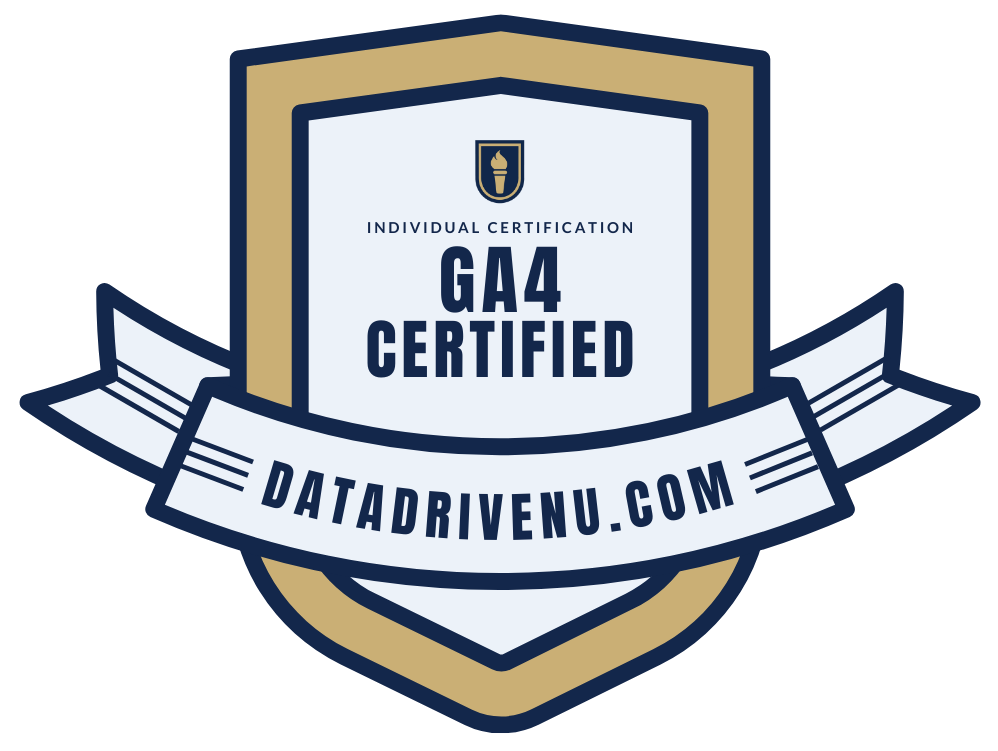3 Steps to Better Blog Writing

We’ve all been there. You write a kick-ass blog that only five people read. And one’s your mom! We feel you. We’ve come up with 3 steps we have learned are essential to a successful blog writing process. Keeping in mind a blog piece should be original, readable, and useful to your audience, we get that your blog is only useful if it’s read. That means you have to make sure Google can easily find and index it. How you choose your topic, draft your blog, and make it SEO friendly will ensure your great ideas reach your audience. Here’s how we advise getting there in 2019:
1. Choose Your Blog Topic
When you winnow down your blog topic choices, always keep in mind what makes your company special. How can you improve your audience experience with your unique perspective, voice, and/or expertise? Nobody wants fluff. Give your audience the good stuff.[/vc_column_text][/vc_column_inner][/vc_row_inner][vc_column_text]
- Come up with a list of keywords and long-tail keyword phrases that fit what your audience wants or is chewing over right now. Make a list of long-tail keywords that are consistent with your marketing goals. Long-tail keywords have a smaller traffic potential, but the traffic you get is going to be more on target and relevant. If you’re just starting out, focus on long-tail keywords.
- Check Google Trends to see which words are used the most with your audience. Use the ones your audience are using. If you have a Google Adwords account, you can use Google Keyword Planner. Even though this tool targets advertisers, it’s still super useful in narrowing down great keywords for a blog. Our favorite keyword tool is SEMrush.
- What’s your competition up to? What blogs are bringing in traffic? Google your top keywords to analyze your competition. You don’t always need a fresh idea if you can add something new to an old discussion. Remember, if you’re starting out, you’re all about niches. Work it!
2. Draft Your Blog Content
Your top goal for your blog is to draft great content that informs and delights the reader. Keep in mind the following when putting finger to keyboard as you hammer out your blog draft:
Write for your target audience.
Give them quality information, research, and expertise they can use.
People (and Google) want longer but better blog content.
Face it. It takes more than a couple hundred words to bake into a blog useful information, solid arguments, facts, and evidence from quality sources. Most blog research now puts optimal blog length anywhere between 1000 to 2000+ words. Opinions vary as to the exact optimal blog length for 2019. So instead of worrying about optimal length, write quality, informative copy that is well-supported by research for your target audience. And remember, longer blogs will tend to rank higher for SEO in 2019, unless that blog doesn’t offer anything valuable to the reader.
Make your blog scannable.
Busy readers need to scan your blog for the information they want. Organize your information well with:
- Subheadings. These not only help your reader scan, they are essential for SEO—it helps Google and other search engines decipher your blog content. Make sure one or more of your subheadings utilizes your keywords to help Google out.
- Lists. Lists are highly scannable and easy to understand and consume.
- Graphics. Help the user identify important points in your blog. Graphics also aid in understanding and memory. Plus, they can be repurposed in your social media to drive traffic back to the blog.
- “Tweetable Quotes.” When you come up with a great line in your blog, make it a tweetable quote that stands out from the rest of the copy.
Good writing structure makes blogs readable.
When you’ve drafted your first draft, take a look to see if it has these writing must-haves:
- Is your main message clearly stated in the introductory paragraph?
- Do you break up long-winded sentences? Sentences over 20 words get a bit tedious for readers and show up dense on the page.
- Are your paragraphs easy to read? Do your paragraphs have topic sentences that you can use as subheadings or highlight? Remember, when people scan pieces, they tend to read the first sentence in a paragraph to figure out where the piece is going.
- Do you use transition words for flow? ‘Therefore,’ ‘besides,’ ‘in addition to,’ etc.
3. Make Sure Your Blog Is SEO Friendly
You’ve written an original, informative and easy-to-read blog draft. Woot! Now you want to make sure people can find it in an organic search.
Smart you, you’ve already set yourself up for success by using a long-tail keyword that generates interest. Now you want to ensure you have other SEO-friendly elements included in your blog:[/vc_column_text][vc_column_text]
Have you used keywords and long-tail keywords throughout your blog?
To increase the likelihood that Google’s crawlers will easily find and correctly index your blog, make sure you’ve used your keywords often enough and in the right places. Yoast advises your keywords should comprise 1-2% density of your text.
- Title and subheadings
- Introductory paragraph
- Metadescription
- URL
- In text, but used naturally. In short, you don’t want to overdo this. Write original, informative, and lively text for the reader. And never, ever, stuff keywords! Write for people, not bots.
Does your blog link to important landing pages on your website?
Do you include links to landing pages that reflect your mission or important content pages? We understand what it’s like to sweat bullets over a blog. And isn’t it a drag when that great blog doesn’t get the traction it deserves? Hard won experience has taught us that how we choose a topic, how we draft a blog, and then how we ensure it is SEO friendly pays off in readers.
Cindy Powell
Categories
- Analytics and Measurement
- Brand Messaging
- Competitor Analysis
- Content Marketing
- Digital Marketing Strategy
- Digital PR & Events
- Marketing Budgets
- Marketing KPIs
- Marketing News
- Marketing Rock Samples
- Marketing Staffing & Vendors
- Marketing Strategy
- Marketing Tech Stack
- Podcast
- Product Marketing
- Sales Marketing Alignment
- SEO
- Social Media
- Strategic Marketing Partnerships
- Target Markets
- Uncategorized
- Vision & Purpose
- Webmaster








